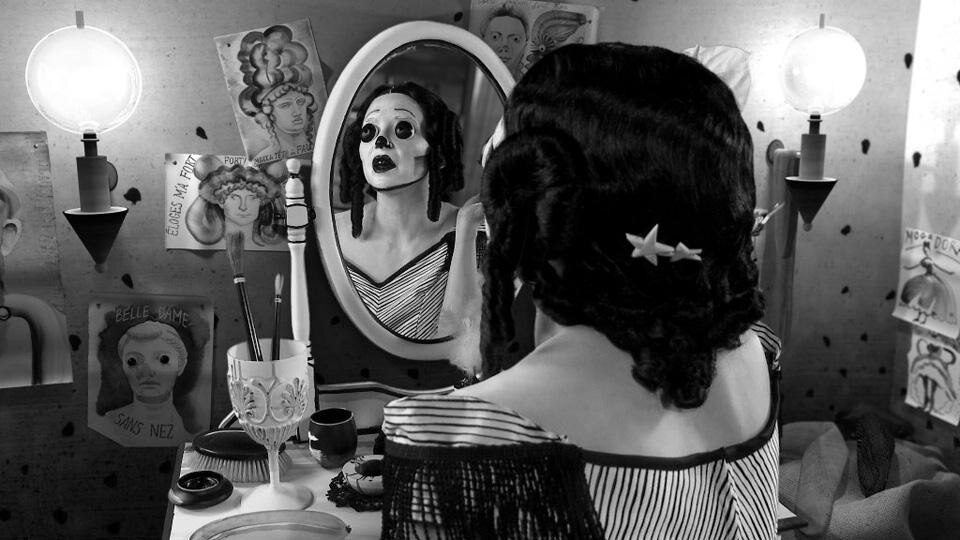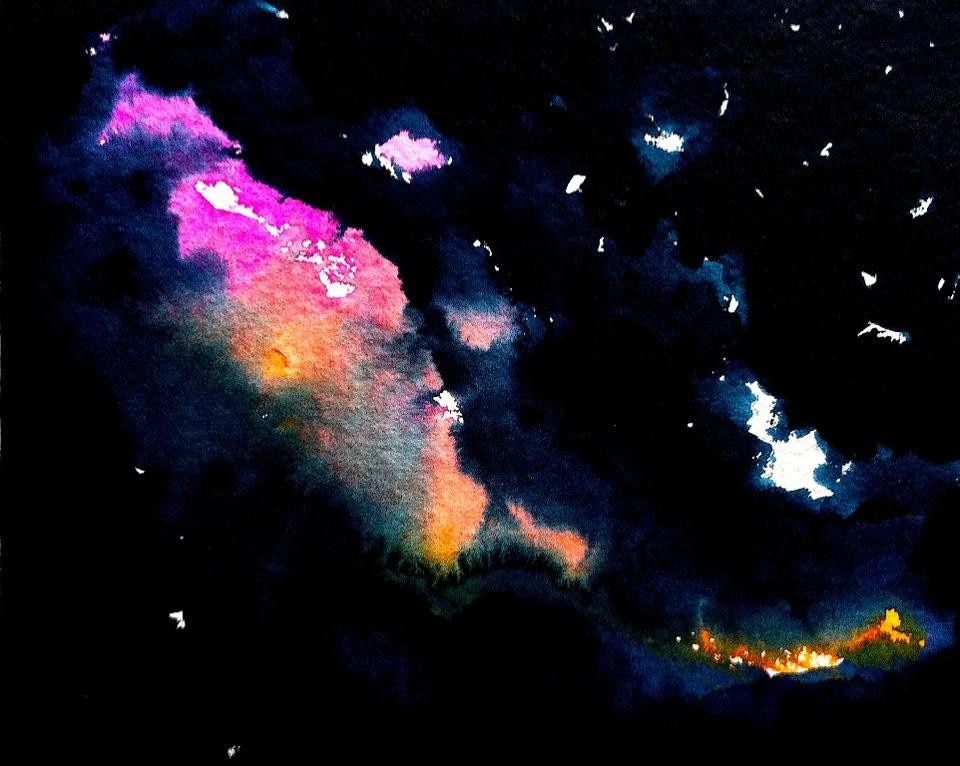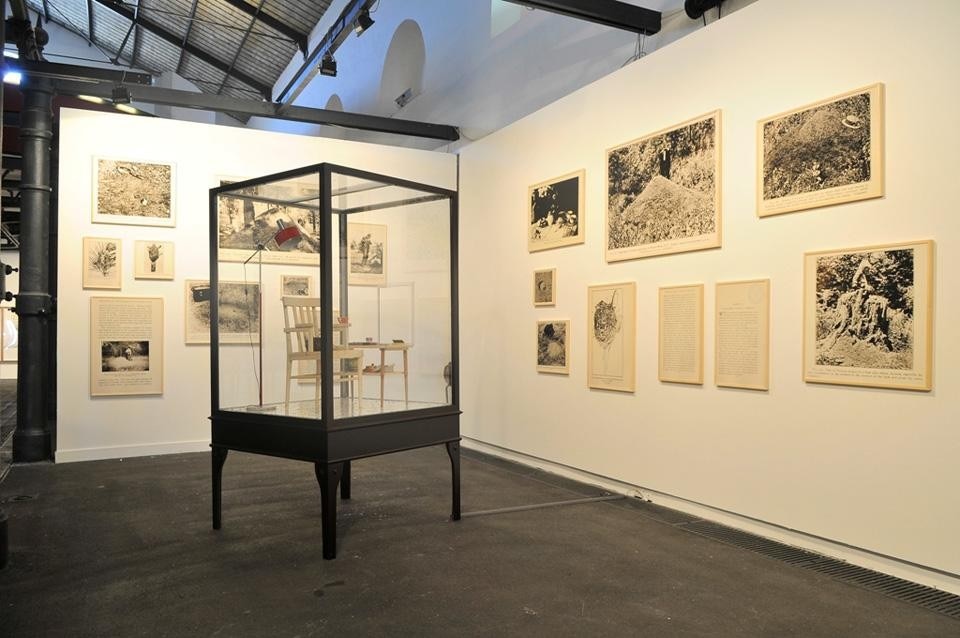Given all this, the museum might just, at last, become a rendezvous and place of cultural exchange, a point of reference for habitués and local residents alike. It might even attract a new type of public and become an experimental space for new curatorial and exhibition approaches, offering visibility to artists not yet consecrated and a museum workshop in constant debate with the more traditional premises in via Reggio Emilia.
The new MACRO director, Bartolomeo Pietromarchi, believes this is the direction the Testaccio will be pursuing by the end of the year, offering public services that will make it an important place of aggregation.
The Re-generation exhibition is the first step in the new cycle, and maps the recent phase of cultural renewal in the city of Rome that — according to Pietromarchi — "places the museum at the centre of artistic production, creating an essential relationship with its surrounding area." It does this from the standpoint of young Roman curators Maria Alicata and Ilaria Gianni, invited to select artists who have made the most interesting contributions to the city's artistic rebirth over the last five years. The sheds of the former slaughterhouse become the setting for works produced recently, or especially for the occasion, by approximately thirty artists aged between 20 and 30.
![Top: Luana Perilli, installation view: <em>Dividual Superorganism human scale – constrain proportion</em>, 2012, and <em>Polyrhachis Dives kin selection - maiden aunt weaving chair</em>, 2012. Courtesy of The Gallery Apart, Rome. Photo by Giorgio Benni. Above: Pino Pascali, <em>Killer con scenografia</em> [Killer with set], 1967. Private collection. Courtesy of Archivio dell'opera grafica di Pino Pascali, Florence Top: Luana Perilli, installation view: <em>Dividual Superorganism human scale – constrain proportion</em>, 2012, and <em>Polyrhachis Dives kin selection - maiden aunt weaving chair</em>, 2012. Courtesy of The Gallery Apart, Rome. Photo by Giorgio Benni. Above: Pino Pascali, <em>Killer con scenografia</em> [Killer with set], 1967. Private collection. Courtesy of Archivio dell'opera grafica di Pino Pascali, Florence](/content/dam/domusweb/en/art/2012/08/22/re-generation/big_391572_7334_01_web_RE-GENERATION_Pino_Pascali_031.jpg.foto.rmedium.jpg)
With Pictures of People in Caves, Nicola Pecoraro (born 1978) covered two large walls with clay in reference to the proximity of the River Tiber, transforming the exhibition space into a performative landscape which is subject to the passing of time.
![Marco Raparelli, <em>I senza nome</em> [The un-named], 2012. Courtesy of the artist and Galleria Umberto Di Marino, Naples. Photo by Giorgio Benni Marco Raparelli, <em>I senza nome</em> [The un-named], 2012. Courtesy of the artist and Galleria Umberto Di Marino, Naples. Photo by Giorgio Benni](/content/dam/domusweb/en/art/2012/08/22/re-generation/big_391572_2218_03_web_RE-GENERATION_Raparelli_021.jpg.foto.rmedium.jpg)
Alessandro Piangiamore (born 1970), has chosen to live and work in Rome despite his Sicilian origins. He asked friends and acquaintances to collect used wax, a hugely symbolic material at the heart of Christianity. He then melted the material to create large polychrome sculptural and pictorial works.
One of the drawings in Marco Raparelli's (born 1975) deliberately imprecise and Spartan style was selected to promote the exhibition. His work I senza nome gathers dreamlike situations and a strata of characters who occupy the museum space in a picture gallery, life-size figures that mingle with the visitors.
The exhibition is, of course, an overview and thus subject to criticism — so many established artists are absent —; but here comes into play the strong role played by curators Ilaria Gianni and Maria Alicata

Slipped in among younger artists are a series of works from the 1970s — a golden age for contemporary art in Rome — by six great masters who worked and lived in the city — Gianfranco Baruchello, Alighiero Boetti, Eliseo Mattiacci, Fabio Mauri, Luigi Ontani and Pino Pascali. Most notably, these include Pascali's animated drawings for an ad never broadcast, revealing a lesser-known aspect of the artist, and works by Baruchello, a refined artist and thinker that Rome has only recently rediscovered, who influenced a whole generation of Roman artists, curators and critics — today's 30-year-olds pay regular visits to his Foundation.
![Carlo Gabriele Tribbioli, <em>La Fondation de Fès (elementi per una maledizione dei discendenti d’Idriss)</em> [The Foundation of Fès (elements for a curse on the descendants of Idriss)], development study for the third episode of the <em>Trilogia Mastequoia</em>, 2010-2012. Photo by Giorgio Benni Carlo Gabriele Tribbioli, <em>La Fondation de Fès (elementi per una maledizione dei discendenti d’Idriss)</em> [The Foundation of Fès (elements for a curse on the descendants of Idriss)], development study for the third episode of the <em>Trilogia Mastequoia</em>, 2010-2012. Photo by Giorgio Benni](/content/dam/domusweb/en/art/2012/08/22/re-generation/big_391572_5402_04_web_RE-GENERATION_Tribbioli_01_A1.jpg.foto.rmedium.jpg)

![Alessandro Piangiamore, <em>La cera di Roma</em> [The wax of Rome], 2012. Courtesy of the artist, Magazzino d’Arte Moderna, Rome and UBI Banca Popolare di Bergamo, Bergamo. Photo by Giorgio Benni Alessandro Piangiamore, <em>La cera di Roma</em> [The wax of Rome], 2012. Courtesy of the artist, Magazzino d’Arte Moderna, Rome and UBI Banca Popolare di Bergamo, Bergamo. Photo by Giorgio Benni](/content/dam/domusweb/en/art/2012/08/22/re-generation/big_391572_7555_07_web_RE-GENERATION_Piangiamore1.jpg.foto.rmedium.jpg)
At the moment, this is left to the visitors while awaiting the catalogue, soon to be published by Quodlibet, with contributions by Roman critics and curators chosen by the artists to comment on their works. Perhaps this substantial collection of thoughts will help us take initial stock of the local art scene, in the hope that Re-generation will become a regular event, with different curators challenged each time to define new landscapes based on the city of Rome. Emilia Giorgi
Through 9 September 2012
Re-generation
MACRO Testaccio
Rome


